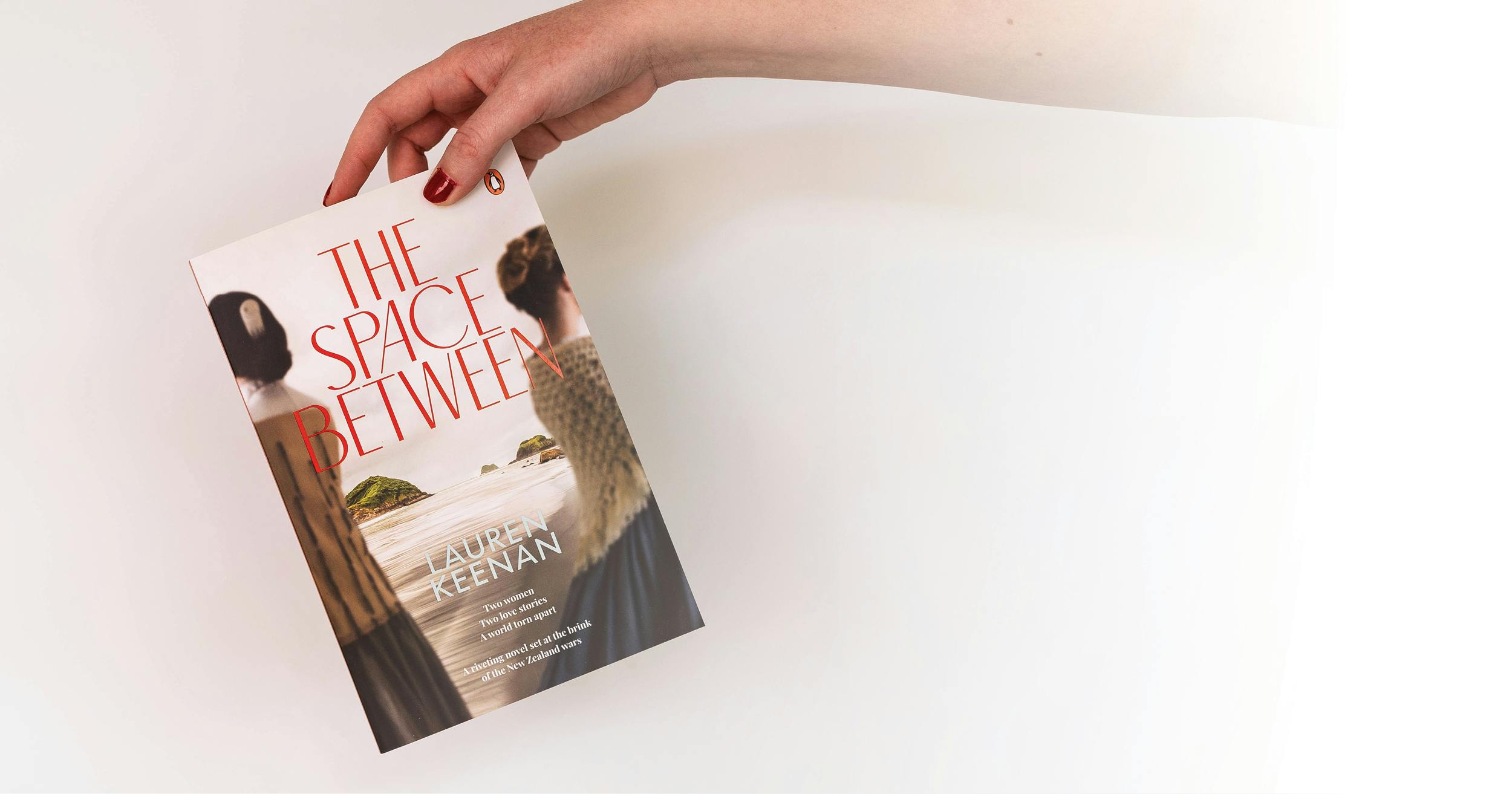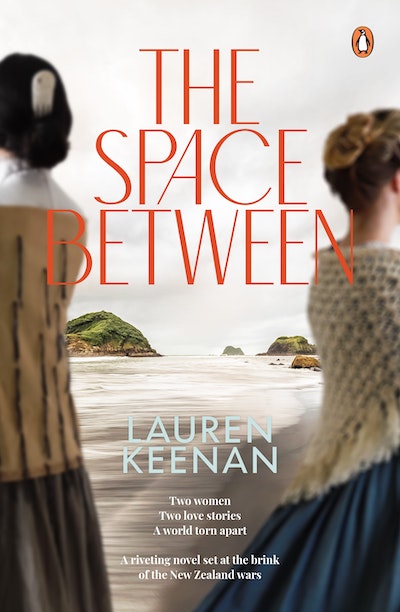Delve deeper into this story of love, class and belonging, set at the brink of the New Zealand Wars. A great bookclub pick!
A note from the author:
I’ve always been fascinated by the stories of those who came before us. While researching and writing my Master of Arts thesis on New Zealand history, I spent many hours determinedly ignoring anything resembling academic analysis. Instead, I would read and re-read the stories of those who were alive during Aotearoa New Zealand’s tumultuous past, all the while thinking: what did it feel like to live through that?
That experience sowed a seed in my mind – one that I nurtured over the years, until it grew into a novel that combined my research with fictional voices, putting both colonial and Māori women in the centre of the frame. I hope that this book makes readers curious about events long gone, as well as giving them an appreciation of those who experienced the New Zealand Wars. But, most of all, I simply hope that you enjoy this story.
Book club questions
- First and foremost, The Space Between is about belonging. When Matāria meets Tai, he encourages her to give up trying to fit in. How does this influence Matāria’s later actions, and is giving up ever the best approach?
- A key arc in Frances’s story is gaining comfort in anger as an emotion. In your view, how are women taught to suppress anger from a young age? What are the implications of this – both for individuals and for women as a whole?
- Where were your ancestors in 1860? If you could find out one thing about them, what would it be?
- Mrs Farrington struggles with colonial class structures, a common experience for many new immigrants in the 19th It has since become a generally accepted truth that, compared to other countries, Aotearoa New Zealand doesn’t have the strict class structure at all. Do you think this is true?
- Albert died many years before the book opened and is described quite differently by Mrs Farrington, Frances, and George. Frances notes that she’d heard so much about Albert from her parents that ‘her own memories had become entwined with their own reminisces. But she was sure of one thing: Albert had been good.’ Which of these versions to you believe to be true? How might this difference in perception have shaped George’s character?
- This book contains several historical details, drawn from a range of sources. Which did you find the most interesting?
- In writing this book, a deliberate decision was made to not directly translate the Te Reo Māori contained within, rather it attempted to give the non-Te Reo speaking readers the chance to understand what was being said by the broader context. How did you find this approach?
- Matāria reflects that the area around Ngāmotu is ‘a constant reminder of how change and sameness intertwine.’ Does this resonate with you? If so, what land springs to mind when reading this description?
- Henry brings home a balloon-backed chair with dog feet, much to Matāria’s unhappiness. Imagine it was your significant other. Was her reaction fair?













